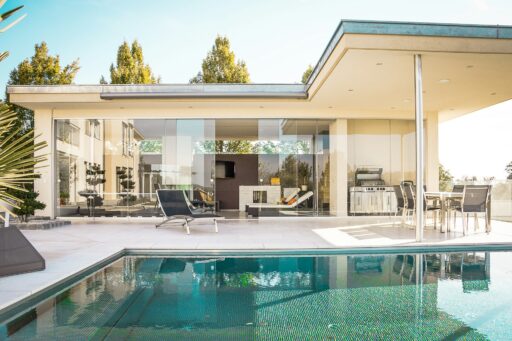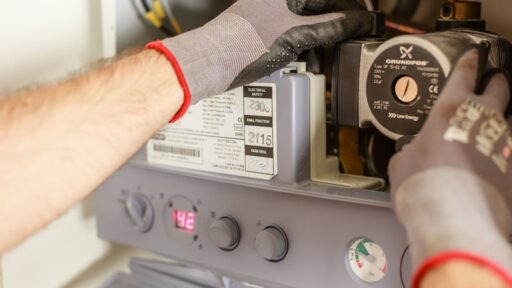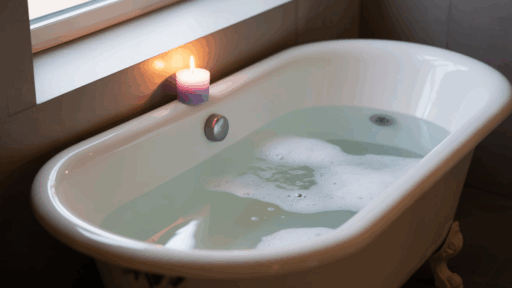When torrential rains hit and your swimming pool cover pump fails, the consequences can be devastating. Each year, thousands of pool owners face unexpected pump failures, leading to an average replacement cost of $300-500 – a costly surprise that particularly impacts new pool owners who may be unfamiliar with proper maintenance protocols. Studies show that 65% of pool cover pump failures stem from preventable maintenance oversights, with first-time pool owners experiencing failure rates nearly twice that of experienced owners. The good news? A well-maintained pool cover pump can reliably serve for 5-7 years or more. By understanding and implementing proper care techniques, you can protect your investment, avoid emergency replacements, and ensure your pump performs when you need it most. Let’s explore the essential strategies that will keep your pool cover pump running smoothly through every season.
Why Dry Running is Your Pool Cover Pump’s Worst Enemy
Dry running occurs when your pool cover pump operates without adequate water, creating a dangerous situation that can quickly lead to catastrophic failure. When water isn’t present to cool and lubricate the pump’s internal components, friction rapidly builds up, causing the mechanical seals to overheat and deteriorate. Within minutes, these seals can crack or warp, allowing water to penetrate the motor housing once water returns. The motor itself becomes a victim of excessive heat, as its windings can burn out without water’s cooling effect.

Consider this common scenario: A pool owner sets their pump to automatic mode and assumes all is well. However, as the water level drops below the intake, the pump continues running, desperately trying to pull in non-existent water. This silent killer often goes unnoticed until it’s too late, resulting in complete pump failure during the next heavy rainfall when it’s needed most. To prevent this, always monitor water levels around your pump’s intake, especially during extended dry periods or when pumping nearly-cleared covers. Watch for warning signs like unusual noises, decreased water flow, or the pump feeling hot to the touch. Installing a low-water cutoff switch can provide additional protection, automatically shutting down the pump when water levels become dangerously low.
Essential Pool Cover Pump Maintenance Checklist
Pre-Season Startup Procedures
Before the rainy season begins, thoroughly inspect your pump’s intake screen for accumulated debris, leaves, or mineral deposits. Remove any obstructions using a soft brush and clean water. Test the float switch by manually lifting and lowering it – it should move freely and trigger the pump appropriately. Examine all power connections for signs of corrosion or damage, tightening any loose wires while ensuring the ground connection remains secure. Check all hose attachments for cracks or brittleness, replacing any compromised sections to prevent leaks.
Monthly Maintenance Rituals
Regular impeller maintenance is crucial for optimal performance. Access the impeller housing and gently remove any wrapped debris or buildup using needle-nose pliers. Inspect the mechanical seals monthly for signs of wear, cracking, or mineral deposits. Apply manufacturer-recommended lubricant to designated points, typically found at the motor bearings and shaft seals. Clean the filter basket thoroughly, paying special attention to the mesh screen where fine particles can accumulate and restrict water flow.
End-of-Season Winterization
As winter approaches, proper storage becomes critical. Disconnect the pump and drain all water completely, using compressed air if necessary to clear hidden water pockets. Store the unit upright in a dry, temperature-controlled environment to prevent internal component damage. In regions where temperatures drop below freezing, consider using specialized pump antifreeze to protect any residual water from expanding and cracking the housing. For battery-operated models, remove the batteries to prevent corrosion and store them separately in a climate-controlled space.
Decoding Your User Manual for Optimal Performance
Your pool cover pump’s user manual is more than just paperwork – it’s your roadmap to reliable operation. Start by familiarizing yourself with the specifications section, which details crucial operating parameters like maximum flow rates and power requirements. Pay special attention to safety alerts, typically marked with warning symbols, as these highlight potential hazards that could damage your pump or void your warranty. Most manuals include a comprehensive error code guide; create a quick-reference sheet of common codes and their meanings for faster troubleshooting.
Troubleshooting Using Manual Guidance
When performance issues arise, your manual’s troubleshooting section becomes invaluable. For reduced water flow, follow the manual’s diagnostic flowchart, typically starting with intake inspection and moving through increasingly complex checks. If the pump stops unexpectedly, locate the thermal overload switch (usually detailed in the electrical diagram) and follow the manual’s reset procedure after allowing proper cooling time. Float switch problems often manifest as erratic operation – consult your model’s calibration instructions, usually found in the maintenance section. Remember that some components are marked as non-user-serviceable; attempting repairs on these can compromise safety and warranty coverage. Keep the manufacturer’s support contact information readily accessible, ideally programmed into your phone, for issues beyond DIY solutions.
Proactive Protection Strategies
Implementing modern protection systems can dramatically reduce pump failure risks. Start with installing an electronic water level monitoring system that provides real-time alerts when water levels drop dangerously low. These systems, like those offered by iGarden, typically connect to your smartphone, offering peace of mind even when you’re away. For maximum protection, invest in a pump model with built-in automatic shutoff technology that responds instantly to low-water conditions. Position your pump strategically by creating a slight depression in the pool cover where water naturally collects, ensuring consistent water flow to the pump intake. Install a high-quality debris shield around the pump intake, using a dome-shaped design that prevents leaves and larger debris from clogging the system while allowing water to flow freely. When sourcing replacement parts, maintain a list of your pump’s critical components and their part numbers, and establish relationships with authorized dealers who stock genuine parts. Consider keeping essential spares like impellers and mechanical seals on hand, particularly during peak usage seasons when quick replacements might be needed.
Maximizing Pool Cover Pump Longevity and Performance
Protecting your pool cover pump from dry running stands as the cornerstone of preventive maintenance, potentially saving hundreds in replacement costs while extending your pump’s service life. Through consistent maintenance checks, from pre-season preparation to monthly inspections and proper winterization, you’re building a robust defense against common failure points. Your user manual serves as an invaluable resource, providing specific guidance for troubleshooting and maintenance that’s tailored to your model. By implementing modern protection systems and following manufacturer guidelines, you’re not just maintaining equipment – you’re safeguarding your investment. Remember, proactive care isn’t just about preventing failures; it’s about ensuring peace of mind during heavy rains and extending your pump’s lifespan well beyond the average. Take these steps today, and you’ll join the ranks of pool owners who enjoy years of reliable pump operation, regardless of weather conditions.








